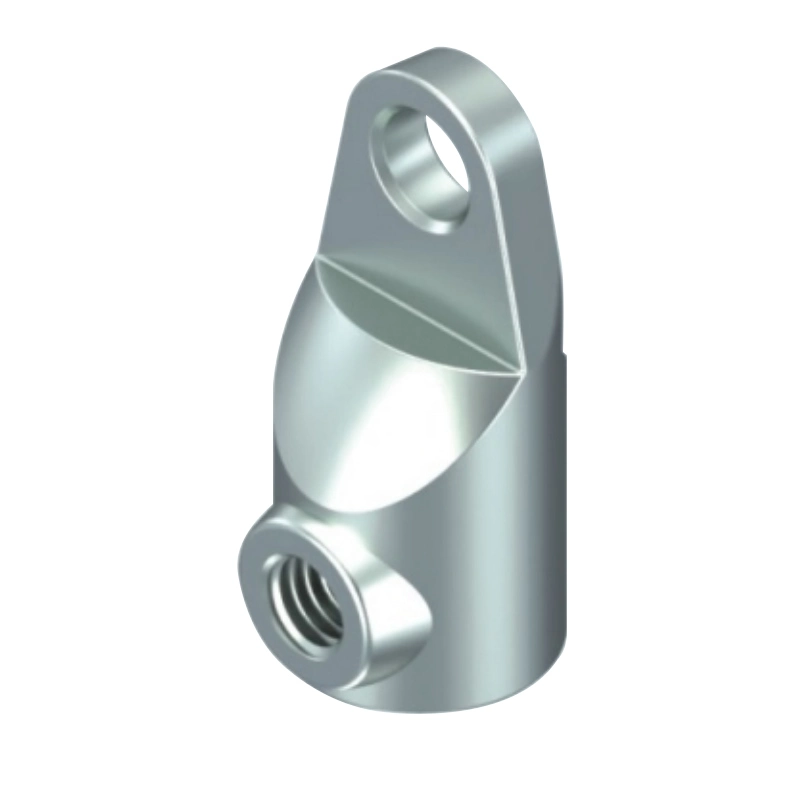As a transitional element of the mechanical connection system, the structural design of round rod adapter is centered around the compatible docking requirements of special-shaped rods. The device realizes the physical coupling of round rods of different diameters or cross-sectional shapes through the geometric adaptation mechanism of the internal profile. Its core value lies in breaking through the dimensional constraints of traditional rigid joints. The body of round rod adapter usually adopts a split shell structure, combined with a variable diameter clamping module to form an elastic compensation capability for tolerance fluctuations.

The material selection of round rod adapter gives priority to the balance between friction coefficient and yield strength. Common solutions include the composite application of powder metallurgy alloy and engineering plastics. The surface treatment process focuses on improving the wear resistance of the contact surface while suppressing the influence of electrochemical corrosion on the connection stability. The function realization depends on the preload control mechanism. This mechanical transmission method is essentially different from permanent connection methods such as welding or gluing.
Under dynamic working conditions, the vibration damping characteristics of round rod adapter are enhanced by the pattern meshing design, which effectively slows down the micro-slip caused by stress concentration. The demand for quick disassembly and assembly has led to the innovation of self-locking mechanisms, whose working principle is different from the progressive pressurization mode of threaded connections. In complex load environments, the failure mode of round rod adapters is usually contact fatigue rather than overall fracture, which gives them an advantage in maintainability.

